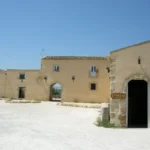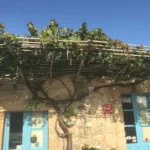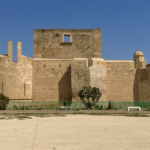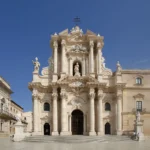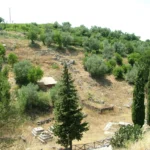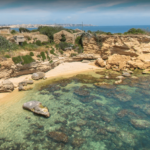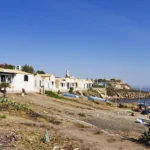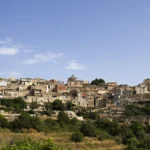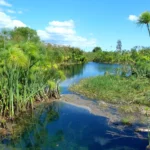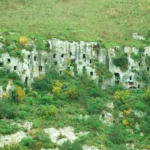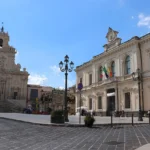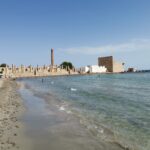Last Updated on 9 May 2025
Introduction
In this article you will find out what to see in Noto. There is a lot to see in the town, a historic center that really leaves you speechless, with noble palaces, churches, and convents built after the terrible earthquake of 1693 in the fascinating Sicilian Baroque style.
Noto was built in 1703 about 13 km from the pre-existing urban center, which was destroyed after the earthquake of 1693. However, traces of ancient Noto still remain today, inserted in a beautiful natural context.
What to see in Noto
Immaculata Square
After a few meters you will find yourself in Piazza dell’Immacolata, a small square where the church of S. Francesco, built between 1711 and 1750 and the Benedictine monastery of SS. Salvatore of 1706. A little further on is the church of S. Chiara built in 1748. Really a nice glance.
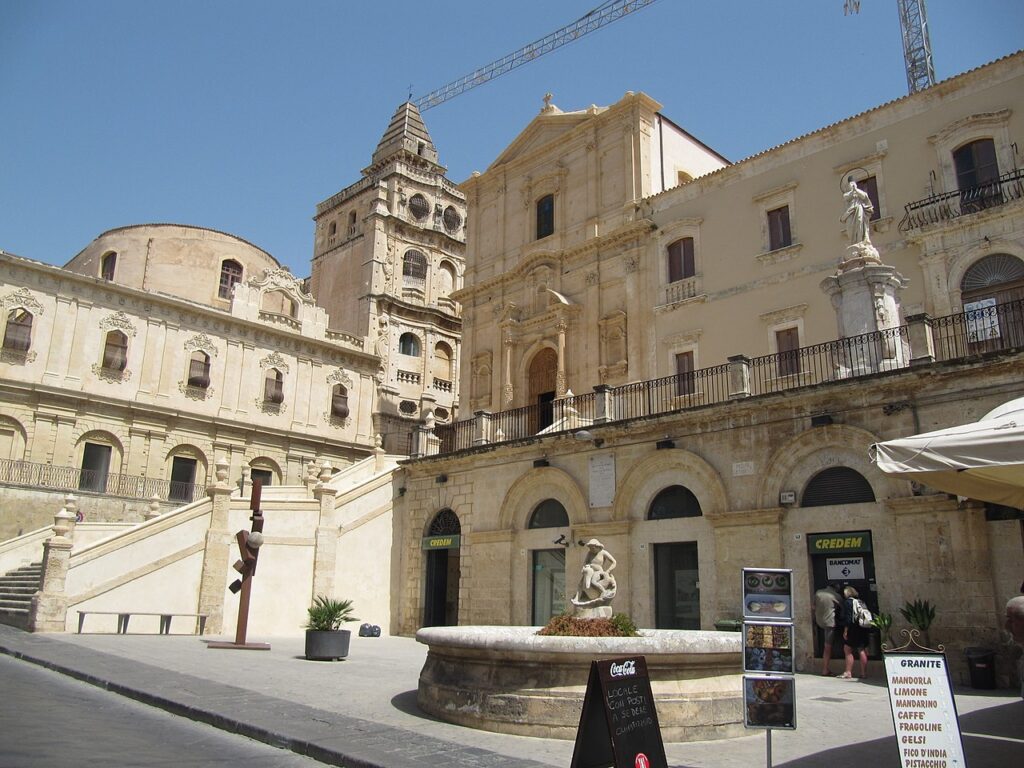
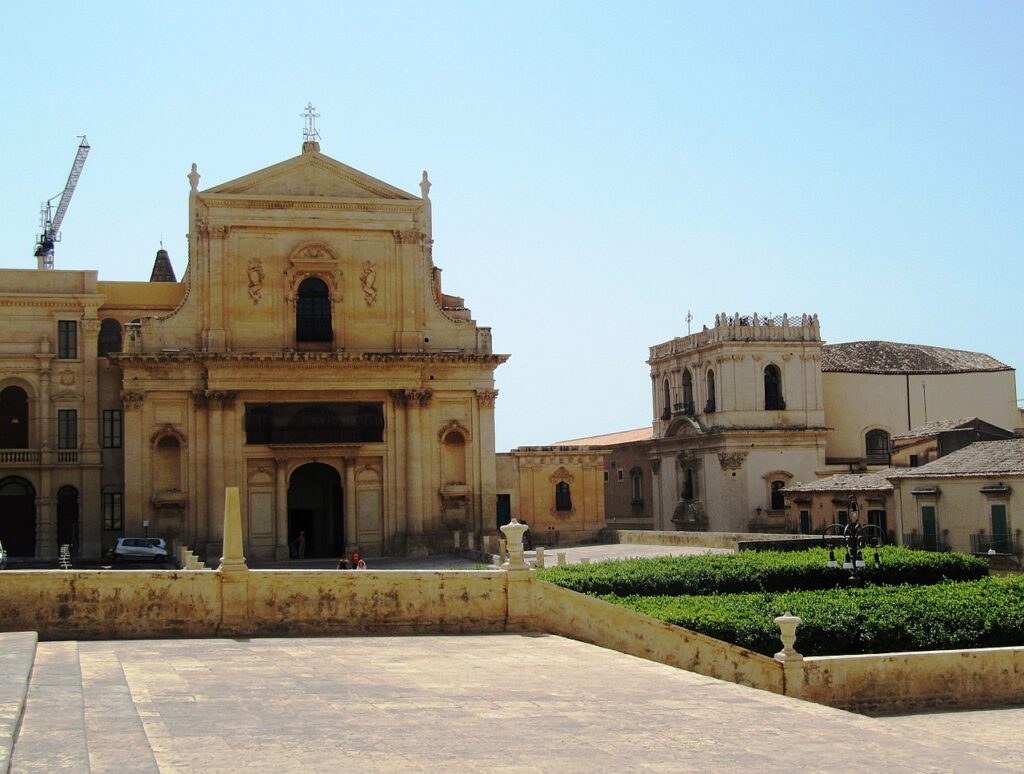
Town Hall Square
About halfway there you come to the disarmingly beautiful Piazza Municipio. In addition to the Cathedral, whose endless staircase gives it even more majesty and elegance, you will find here other splendid Baroque palaces, the residence of the nobles of the time such as the Ducezio Palace, seat of the Town Hall, and the Landolina Palace. Fun fact: Just think that the cathedral had partially collapsed in 1996, and after 11 years it was rebuilt brick by brick.
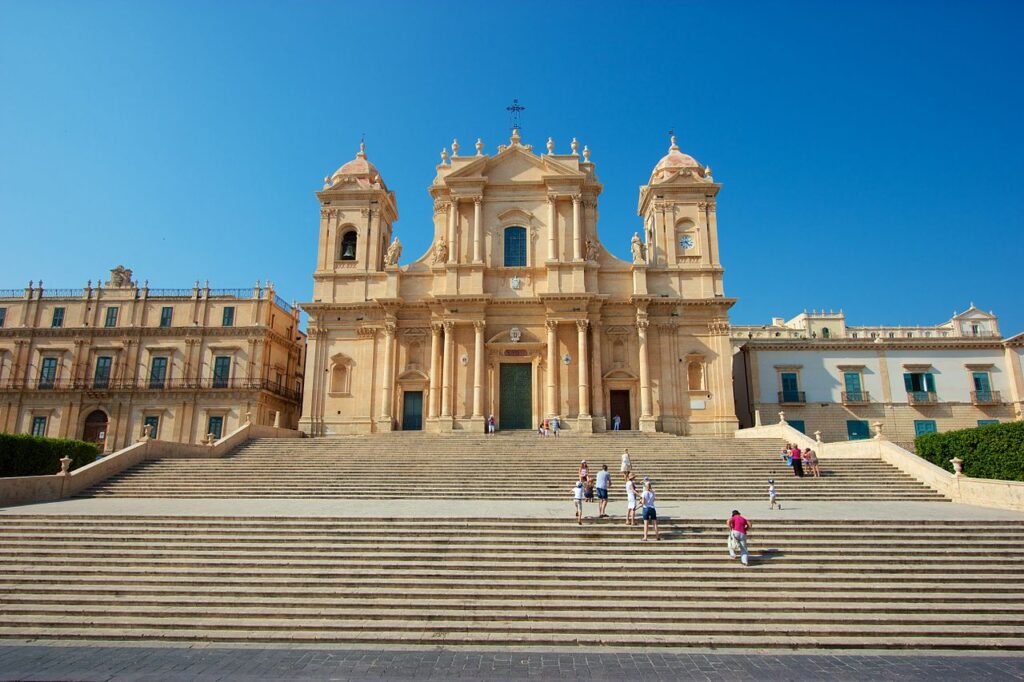
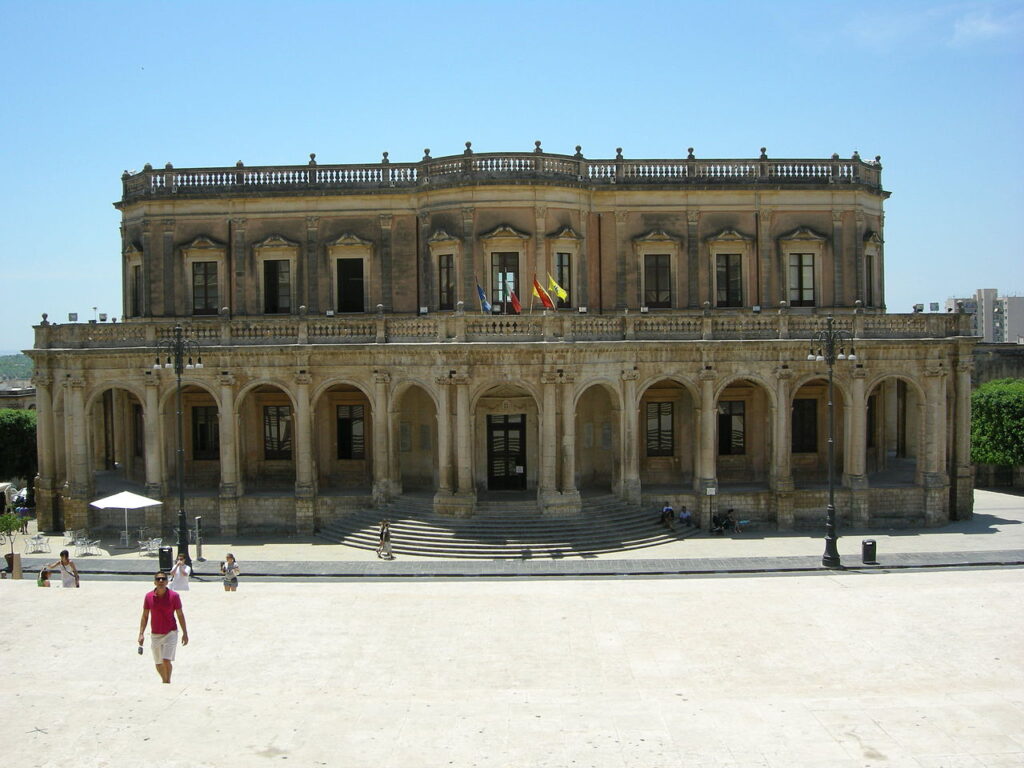
May 16th Square
And here we are in the last square, where there is the municipal theater built in 1870 and the church of S. Domenico , the latter embellished by a small nineteenth-century garden with a fountain coming even from Noto Antica, a fountain that was spared from the terrible earthquake.
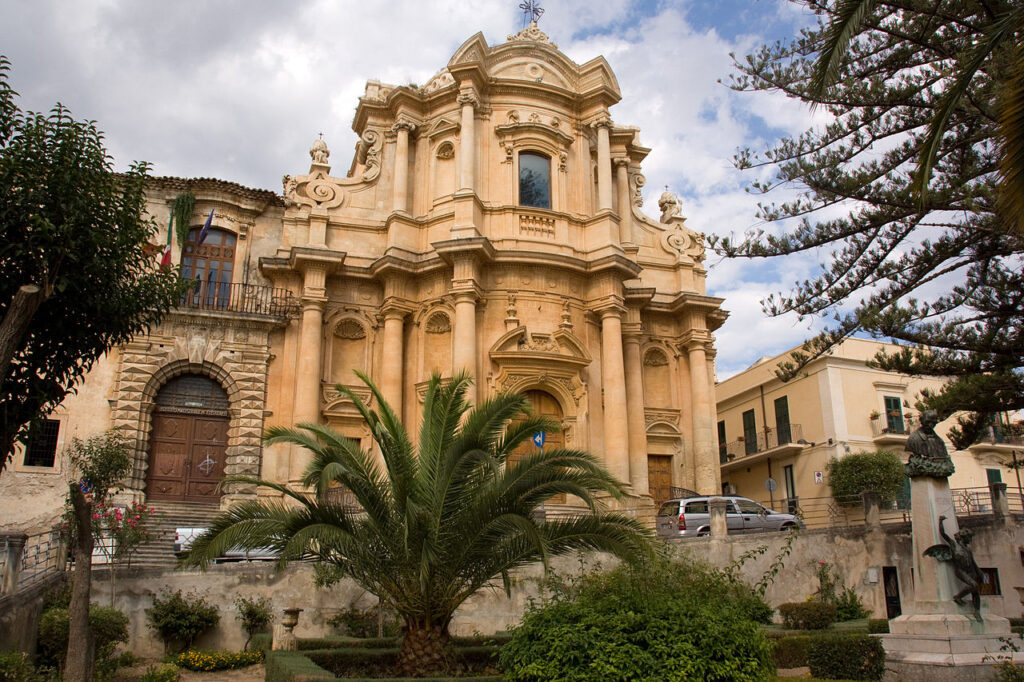
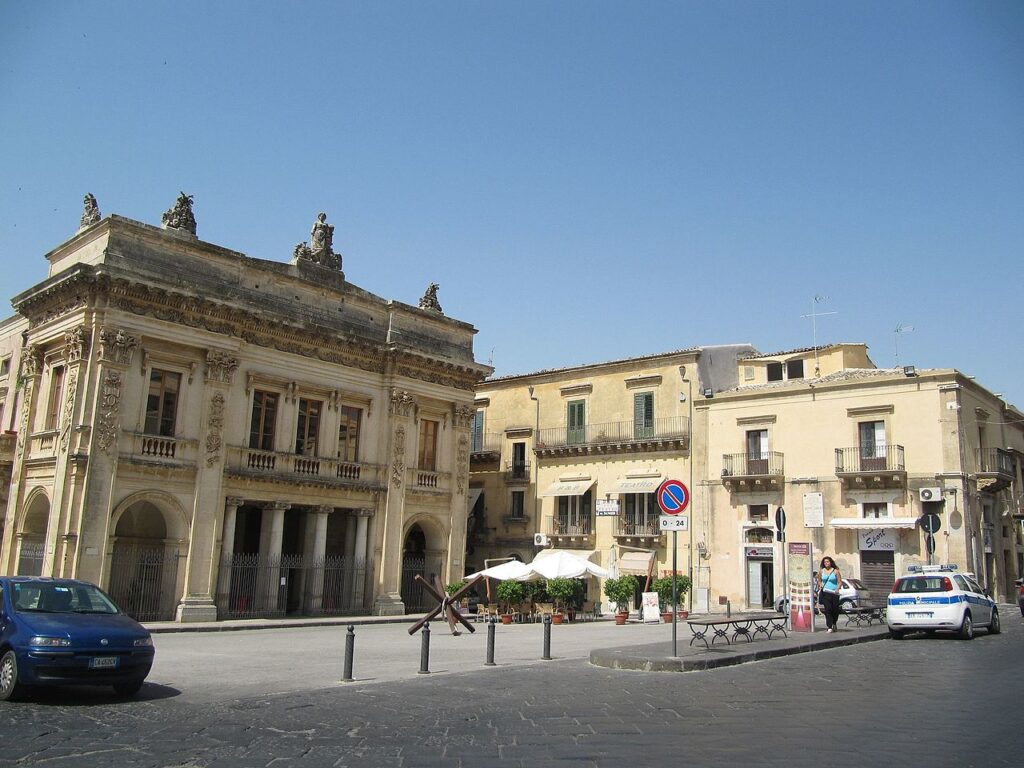
Nicolaci Villadorata Palace
Worth visiting is the Nicolaci Villadorata Palace, a typical example of Baroque art, as can already be seen from the beautiful balconies overlooking the street. It is possible for 4 euros to visit the internal rooms, which show off all the wealth of the noble family who lived there. He thinks that the Nicolaci family had a monopoly on the Marzamemi tuna fishery trades.
The church of Montevergine closes the street near Palazzo Nicolaci, very particular given its concave shape. Inside you will find a ceramic floor of the sixteenth, coming from Noto Antica.
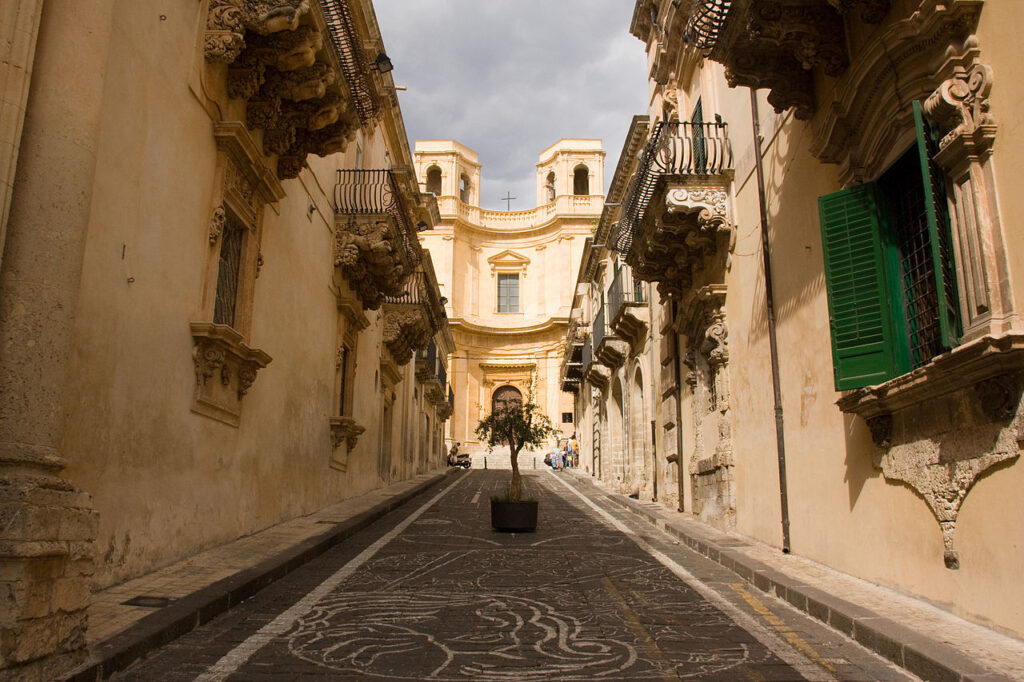
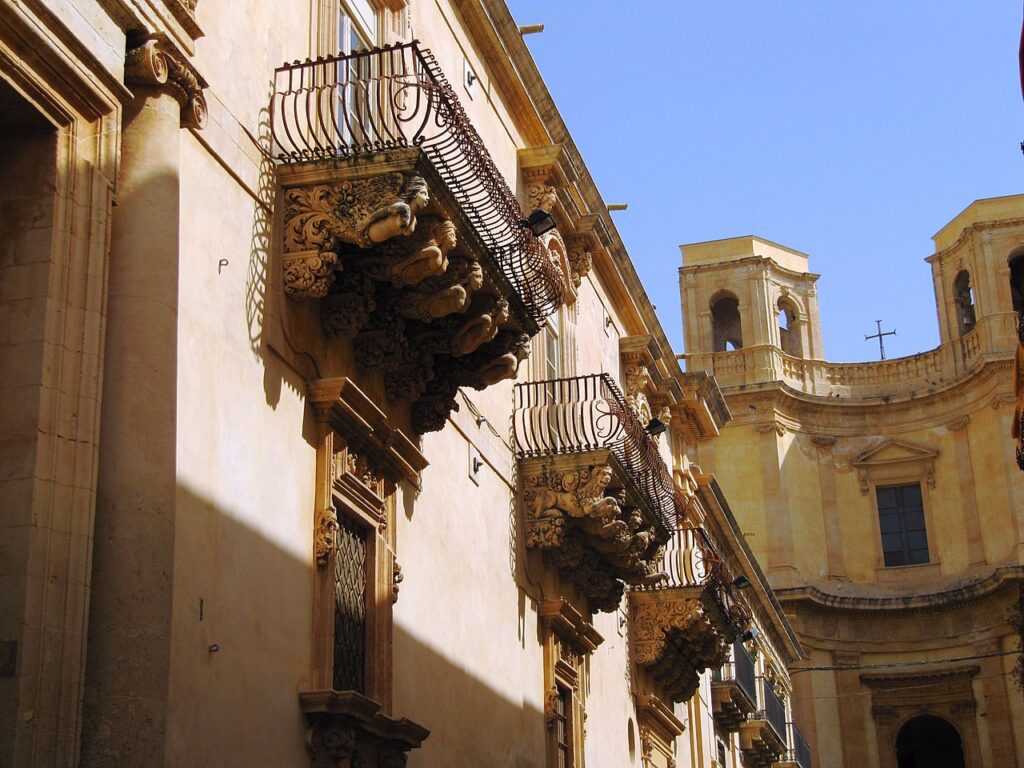
Top Secret Council – The view over Noto
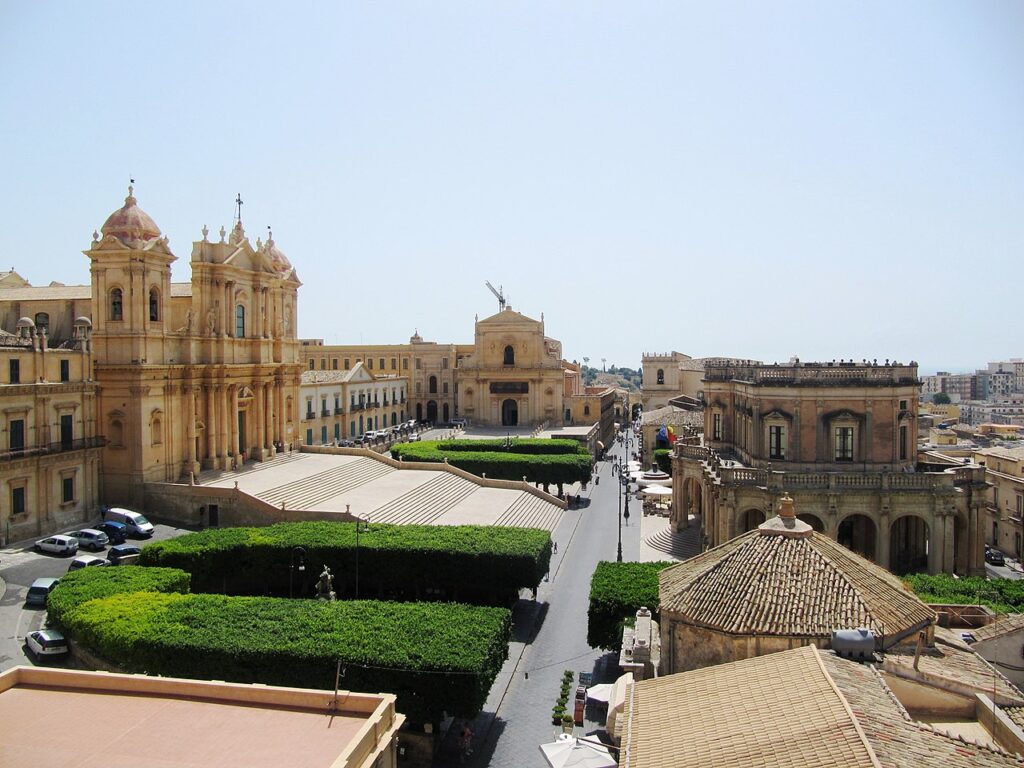
In the Church of S. Chiara, of San Carlo and in Palazzo Nicolaci, you will have the opportunity to observe Noto from above and to enjoy a truly magnificent panorama . The ticket price is currently 2 Euros for churches and 4 Euros for Palazzo Nicolaci. This is absolutely among the things to see in Noto.
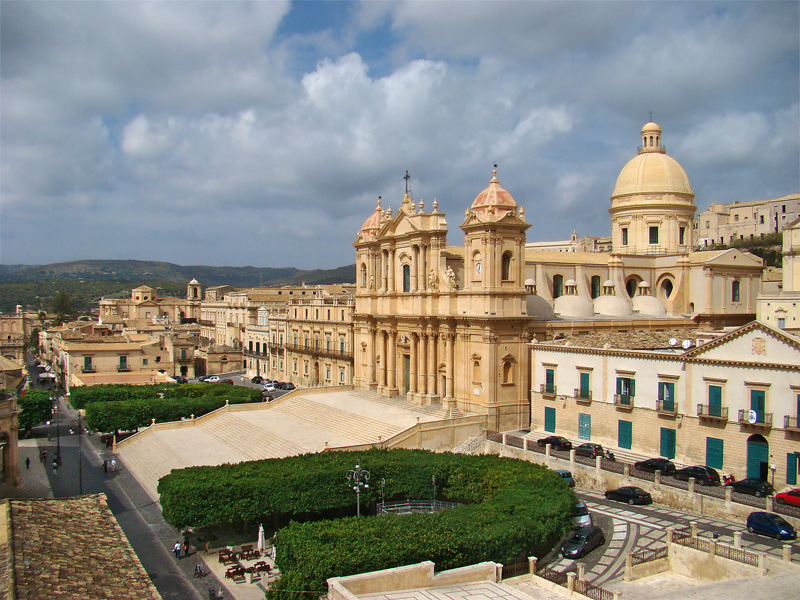
Cavour Street and surroundings
You can end the visit of Noto by taking Via Cavour, parallel to Corso Vittorio Emanuele. Exactly behind the Cathedral you will find on its right and left the Palazzo Trigona and the Palazzo Astuto , obviously also of Baroque style. Near the Palazzo Astuto, as previously written, there is the beautiful concave church of Montevergine.
These are the main things to see in Noto, now I take you to discover something less known, top secret, Noto Antica.

Ancient Noto
About 10 km from Noto, on the slopes of Mount Alveria, is the ancient urban center of Noto destroyed by the earthquake . The ancient cityhas origins that go as far back as the Bronze Age, and then passed into the hands of the Greeks, Romans, Arabs, Normans, and Aragonese.
Here history goes hand in hand with nature, the view is fantastic and you are totally immersed in the green, with the Mediterranean scrub that over the centuries has regained its own space, merging with the ruins of Noto Antica.
The path of Noto Antica
Once you leave your car at the entrance to the ancient city, you will pass through the royal gate that will make you like entering another dimension, back in time. You will find yourself totally immersed in ancient Noto, among the remains of medieval castles complete with drawings and rock carvings left by prisoners, churches, city walls, caves, ponds, convents and more.
The path starts from the Royal Gate, where you left your car, up to the Hermitage monastery of Santa Maria della Provvidenza, built after the earthquake, however, as a tribute to the population. Total duration of the route about 30 minutes each way .
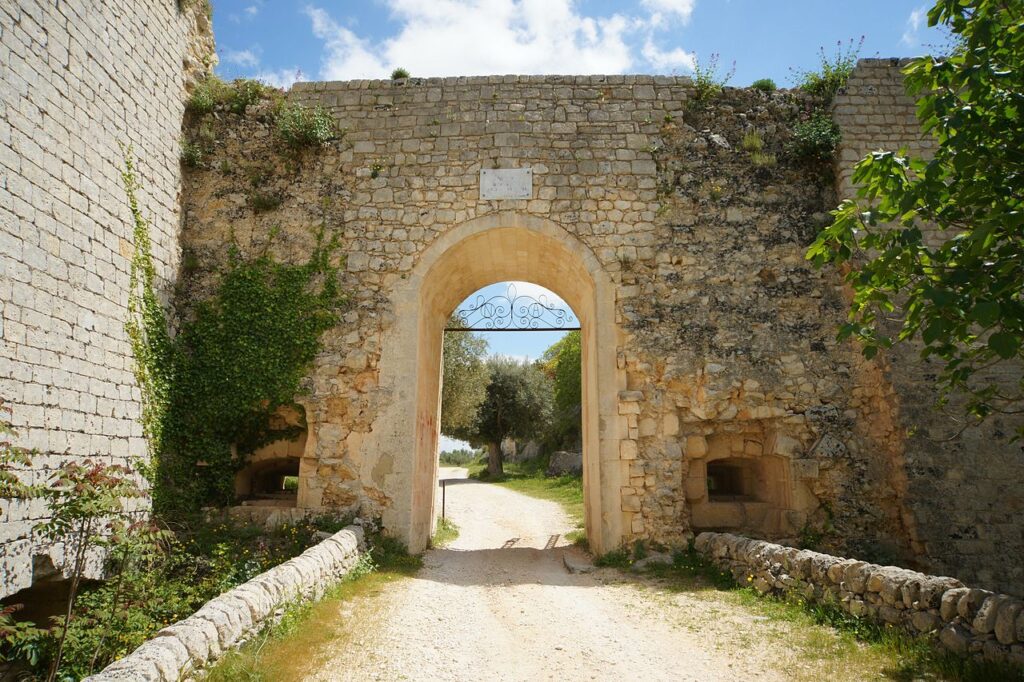
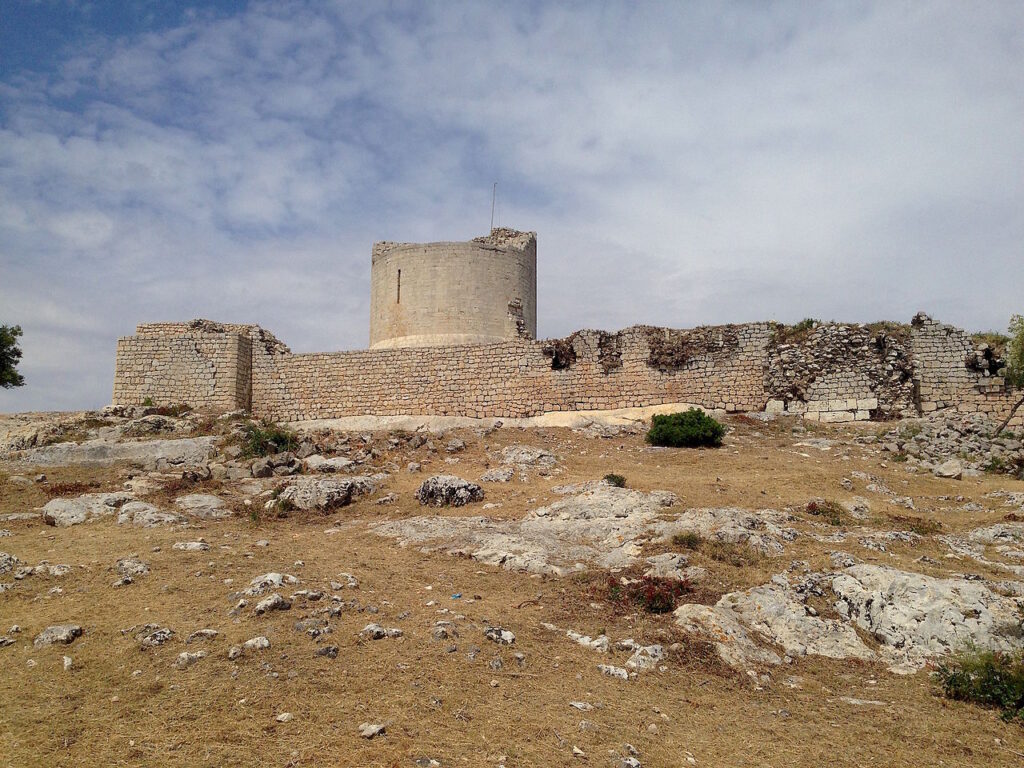
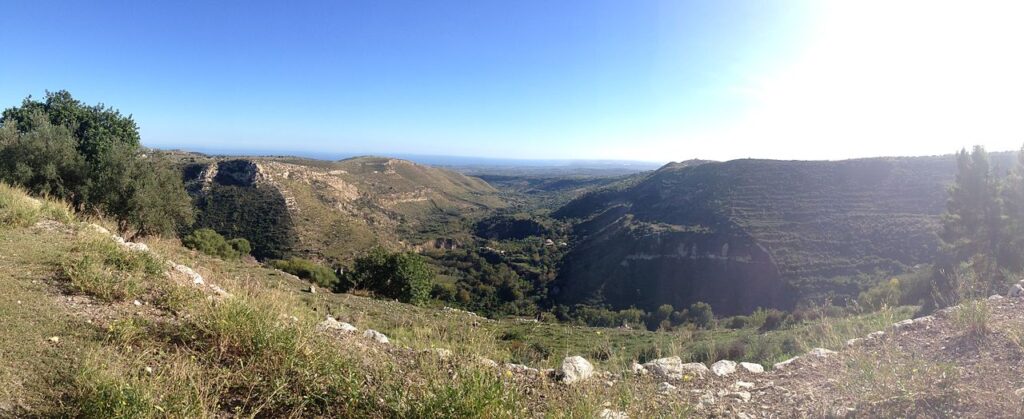
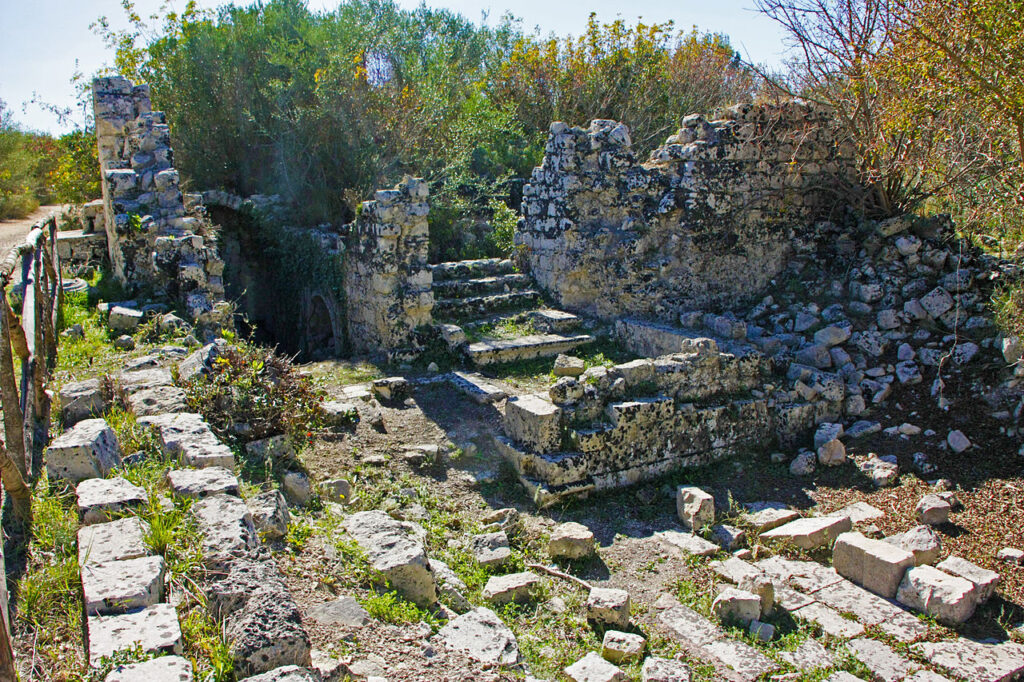
Cava del Carosello
As if that weren’t enough, more or less halfway through, there is a detour to a beautiful reserve, the Cava del Carosselo . If you want, you can then follow a simple path carved into the rock by the Arabs more than 1,000 years ago, which will take you inside this quarry, crossed by a river that also forms two picturesque lakes where you can cool off .
In the quarry you will also find the remains of mills and tanneries carved into the rock , of Arab origin. Here, in fact, the tanning of hides and the milling of grain were possible precisely because of the river, and then the finished products were transported upstream by trail. The Arabs here gave rise to a flourishing trade in food and textiles, a constant coming and going of goods transported downstream and upstream, hence the name of the quarry, Carousel.
Just think that in Morocco, in the medieval quarter of Fes, there are the same tanneries, which are still used today . The tanneries in Noto Antica were actually, in much more remote times, necropolises. That is, caves dug into the rock by the ancient Sicani people (among the first peoples to live in Sicily), who used them as tombs. Then these caves were adapted and modified over time by the various peoples who followed one another.

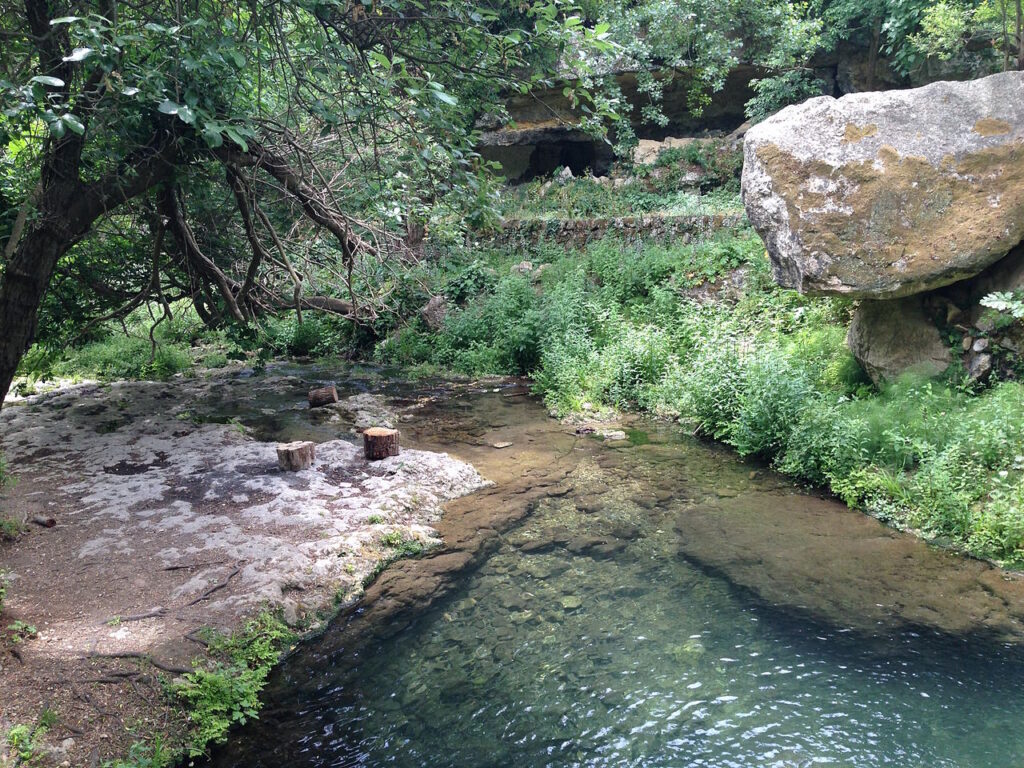
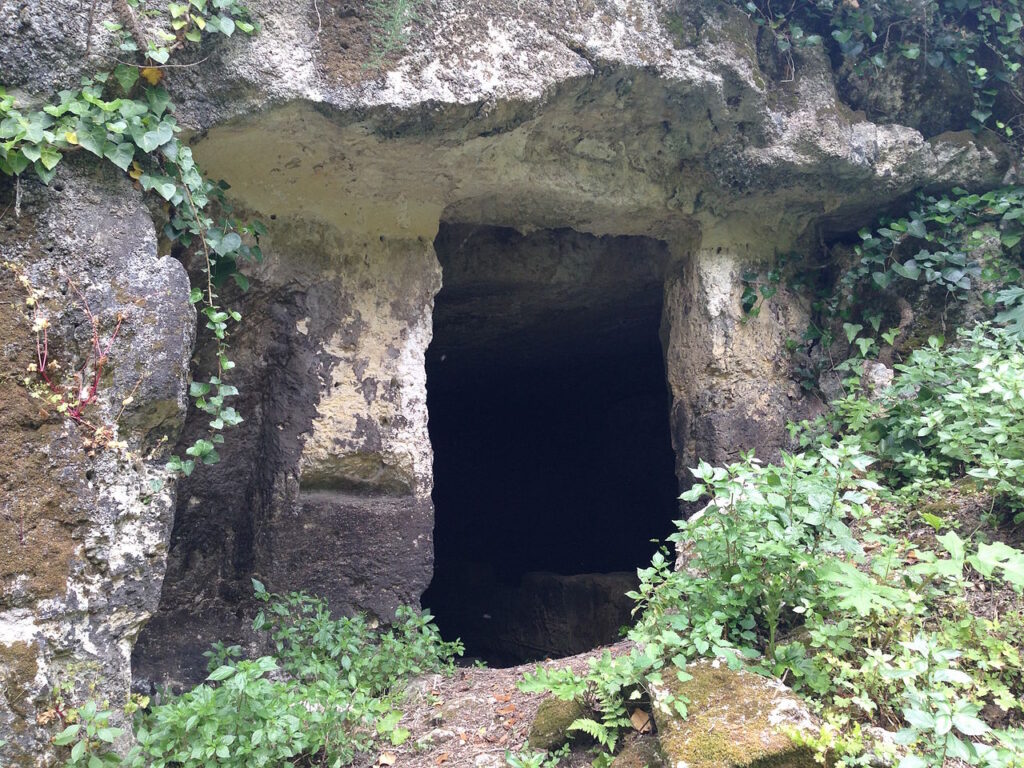

Interactive map of Noto – Points of interest in purple
To locate yourself once in the area, click on the enlarge symbol at the top right of the map.
Interactive map of Noto Antica – Points of interest in purple
In reality there would be even more to see, such as the gymnasium and the Heroa, both of Greek origin. The paths for this place are unfortunately not practicable today.
Where and what to eat in Noto
In Noto you will have the choice between many different restaurants. The restaurant il Buco, located near the Piazza dell’Immacolata, is certainly very good. If you want to spend little and eat typical food, I recommend Trattoria Chi Ciauru.
Noto is located in the province of Syracuse but at the same time its cuisine is influenced by the province of Ragusa. Here you find the typical dishes of Syracuse and its surroundings it’s here those of Ragusa and surroundings.
Here instead typical Sicilian dishes in general.

